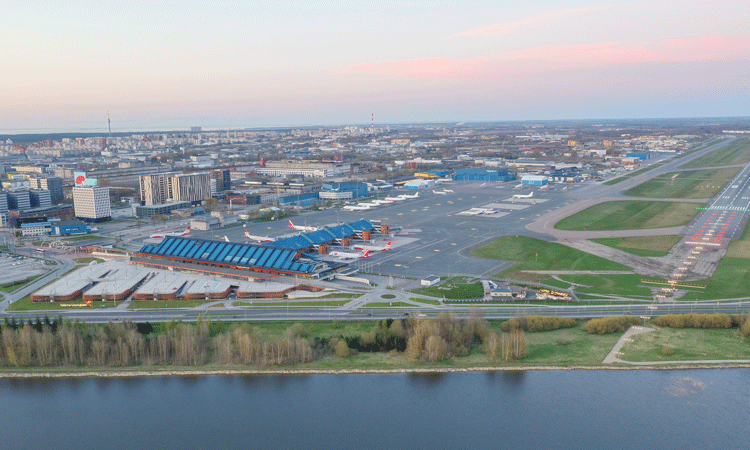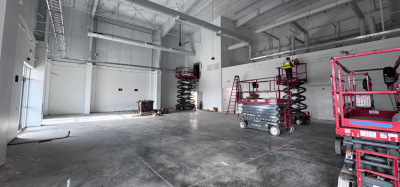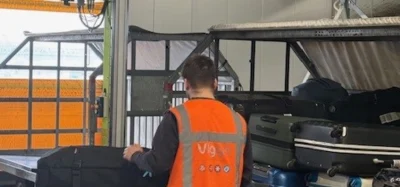Tallinn Airport takes major stride towards carbon neutrality
- Like
- Digg
- Del
- Tumblr
- VKontakte
- Buffer
- Love This
- Odnoklassniki
- Meneame
- Blogger
- Amazon
- Yahoo Mail
- Gmail
- AOL
- Newsvine
- HackerNews
- Evernote
- MySpace
- Mail.ru
- Viadeo
- Line
- Comments
- Yummly
- SMS
- Viber
- Telegram
- Subscribe
- Skype
- Facebook Messenger
- Kakao
- LiveJournal
- Yammer
- Edgar
- Fintel
- Mix
- Instapaper
- Copy Link
Posted: 30 November 2022 | International Airport Review | No comments yet
Tallinn Airport has made the switch from gas heating to district heating in buildings on airport premises, further adding to the airport’s energy independence.


Credit: Tallinn Airport (TLL)
Tallinn Airport (TLL) has made the switch from gas heating to district heating in buildings on airport premises. This transition further adds to the airport’s energy independence and security of supply while also playing an important role in achieving its environmental goals.
Riivo Tuvike, Chairman of the Management Board of Tallinn Airport, has said that active analysis of alternative sources of heating began in March 2022. “We’d been planning to stop using gas for some time, and the situation in Europe sped up that process,” he further explained. “Back in March 2022 we started analysing how we could ensure heating for all of our buildings while meeting our environmental targets.”
Tuvike commented the switch to district heating will reduce the airport’s carbon footprint by almost 20 per cent. “Now we’re using sources other than gas for our energy, including wood chips, which will help us reach our target of being carbon-neutral by 2030,” added Tuvike. “Another positive is that making use of residue from local felling and timber-processing to generate heat cuts down on transport emissions and is in line with the principles of the circular economy, in which a use is found for all materials. Cost-effective management is something we can’t afford to forget about in the current economic climate. The total area of the buildings on the enclosed territory of the airport is 93,563m², of which 70,129m² is now covered by district heating. This year we’ve bought almost two million euros’ worth of gas to heat our buildings with. If we’d been using district heating, we would have paid around half as much.”
In addition to making this environmentally friendly switch, the airport considers it very important to keep producing its own electricity to ensure security of supply and reduce its emissions. “As an airport, our ability to generate our own energy is limited by the unique nature of our infrastructure,” he explained. “That said, we’ve made the most of areas where nothing else can be erected by installing solar panels on them. We already have seven solar farms at Tallinn Airport alone, and all of our regional airports are producing their own energy as well. Our aim is to be producing around 40 per cent of the electricity we use by 2024 ourselves, and to have switched to 100 per cent self-generated solar power by 2030. At the moment, all of our solar farms put together are covering around 14 per cent of our electricity needs, but at our smaller airports the amount they’re producing on sunny days is already outstripping consumption.”
TAKE A READ
In order to achieve its environmental aims, the airport is making increasing use of battery power and green technology, monitoring ground and rain water levels and noise pollution, helping to raise awareness among passengers, employees, and partners and constantly looking for innovative new solutions that contribute to environmental protection.
Related topics
Airside operations, Emissions, Passenger experience and seamless travel, Security, Sustainability, Sustainable development, Terminal operations, Workforce


















